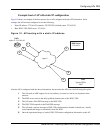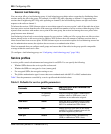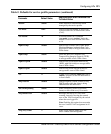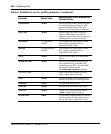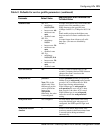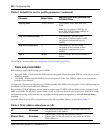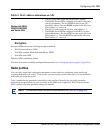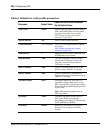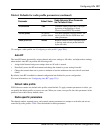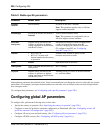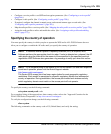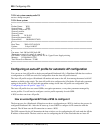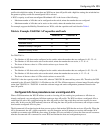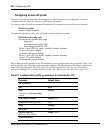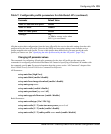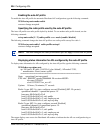
Configuring APs 227
Nortel WLAN—Security Switch 2300 Series Configuration Guide
(To configure a radio profile, see “Configuring a radio profile” (page 250).)
Auto-RF
The Auto-RF feature dynamically assigns channel and power settings to AP radios, and adjusts those settings
when needed. Auto-RF can perform the following tasks:
• Assign initial channel and power settings when an AP radio is started.
• Periodically assess the RF environment and change the channel or power setting if needed.
• Change the transmit data rate or power to maintain at least the minimum data rate with all associated
clients.
By default, Auto-RF is enabled for channel configuration but disabled for power configuration.
(For more information, see “Configuring Auto-RF” (page 321).)
Default radio profile
WSS Software contains one default radio profile, named default. To apply common parameters to radios, you
can modify the default profile or create a new one. When you create a new profile, the radio parameters in the
profile are set to their factory default values.
Radio-specific parameters
The channel number, transmit power, and external antenna parameters are unique to each radio and are not
controlled by radio profiles. Table 5 lists the defaults for these parameters.
rts-threshold 2346 Transmits frames longer than 2346 bytes
by means of the Request-to-Send/
Clear-to-Send (RTS/CTS) method.
service-profile No service
profiles defined
You must configure a service profile. The
service profile sets the SSID name and
other parameters.
wmm-powersave disable Requires clients to send a separate PSpoll
to retrieve each unicast packet buffered
by the AP radio.
Table 4: Defaults for radio profile parameters (continued)
Parameter Default Value
Radio Behavior When Parameter
Set To Default Value



